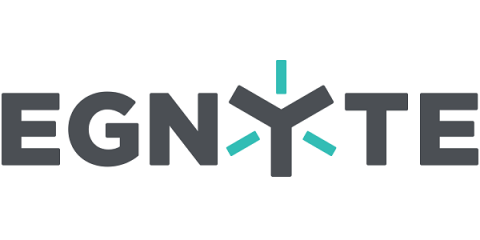Got Container Security? Make Sure to Secure Code and Supplemental Components
Organizations face numerous primary threats and security concerns when it comes to their container environments. Those issues extend into their build environment, an area which organizations need to protect because it’s usually the least secure aspect of their container infrastructure. They also extend into other areas, including inside the containers themselves.






